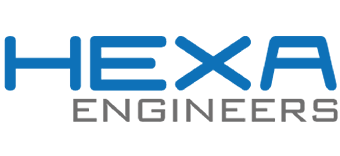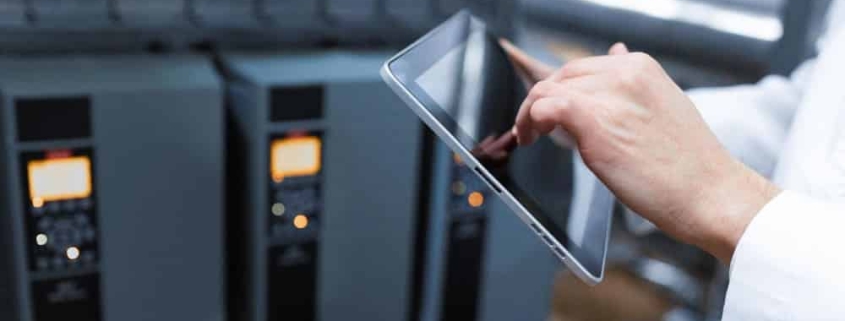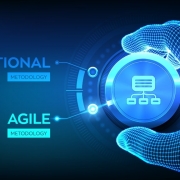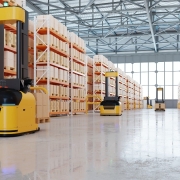Siemens has discontinued the SIMATIC S7-300: how to migrate to the S7-1500?
Technology is advancing at colossal steps in the automation industry due to an increasingly competitive market, especially to the emergence of industry 4.0. In this context, since October 1, 2023, Siemens has begun the process of discontinuing the Programmable Logic Controller (PLC) of the SIMATIC S7-300 family, which has generated concern and interest in companies and industries, now forced to migrate from Siemens S7-300 to S7-1500. This means that SIMATIC S7-300 components will be available as spare parts at least until 2033, but innovations will only take place in the SIMATIC S7-1500 system and in the TIA Portal, according to the manufacturers themselves.
Before getting into the matter of how to migrate from S7-300 to S7-1500, it must be said that the Siemens S7-300 family is a series of PLCs that play a fundamental role in industrial automation. These robust devices were an industry standard due to their reliability and versatility and are used to automate a wide range of processes in various industries, from manufacturing to energy and chemicals.
On the other hand, S7-300 programming is generally done through Siemens STEP 7 software, which supports several programming languages, such as Ladder Logic, Function Block Diagram, and Statement List, making it easy to implement custom solutions.
What is the S7-1500 family?
When we ask ourselves what the Siemens S7-1500 family is, it is important to clarify that, like the S7-300, it is a series of PLCs designed to promote industrial automation, but with better levels of performance and flexibility. These controllers are within the TIA Portal range, they are a family with controllers with higher capacities than those of the S7-1200 family. They have been created to meet the demands of modern industry, offering advanced processing, communication and security capabilities.
The S7-1500 is equipped with a powerful multi-core processor that provides exceptional performance. This enables control and monitoring of complex industrial systems with ultra-fast response times. It is also designed for interconnection. It also offers a wide range of communication options.
It also stands out for its incredible power and high processing speed. But what really makes it stand out is its built-in diagnostic system, which eliminates the need for programming for diagnosis. Additionally, its improved design includes features such as integrated jumpers, tool-free removal, display attachment, and a two-position lid, making it extremely easy to maintain. It also has a built-in display that allows date/time settings, IP address configuration, program loading and provides valuable information, such as serial numbers and IP addresses. Furthermore, it offers a robust set of channel diagnostic functions and an integrated web server with user-customizable web pages.
In terms of industrial security, the S7-1500 offers integrated security functions, which means the possibility of implementing security measures directly in the controller without the need for additional hardware. The SIMATIC S7-1500 prioritizes protection in all aspects. It offers block protection features, access control, encrypted passwords and digital certificates, ensuring data and access are secure. Additionally, it has advanced features such as IP Forwarding and cybersecurity functionalities such as VPN and firewall, making it a reliable option for industrial environments where security is paramount.
Similarly, programming is done through Siemens’ TIA Portal software, which offers an intuitive development environment. It supports multiple programming languages, such as Ladder Logic, Function Block Diagram, and Sequential Function Chart, making it easy to create custom applications.
Reasons behind the discontinuation of the S7-300
SIMATIC S7-300 controllers, although reliable and effective for many years, have reached the end of their life cycle in terms of technology and capabilities. Therefore, the new SIMATIC S7-1500 takes advantage of the latest technological innovations to provide superior performance and greater flexibility.
As we explained in the previous section, the SIMATIC S7-1500 offers significantly improved performance compared to the S7-300. It has more powerful processors, the greater amount of memory and the faster execution speed allow for more efficient control and the ability to handle more complex applications. This is essential in an industrial world faced with the actual demands greater efficiency and productivity in industries 4.0.
With the discontinuation of the S7-300, Siemens is committed to providing support and repair services until 2033 to ensure existing users have a smooth transition to the new platform. However, in the long term, the company will focus its resources on the development and support of the SIMATIC S7-1500, ensuring a sustainable and reliable future for users.
The SIMATIC S7-1500 is designed to be compatible with current and future industry standards. This includes easy integration into Industry 4.0 environments and the ability to communicate with other devices and systems more effectively, resulting in greater interoperability and adaptability to changing industry needs. And as we can deduce, the Siemens S7-1500 PLCs are more prepared for updates and expansions of existing systems and hardware than the Siemens S7-300 PLC. Unlike its predecessor, the S7-1500 has a digital display and keyboard with which you can make settings directly on the PLC without having to add another accessory.
Other reasons for the migration from the S7-300 to the S7-1500, according to the company itself, highlight modernization and investment protection, as it allows companies to modernize their existing systems, incorporating cutting-edge technology and thus protecting their investment in the long term. term. It also offers greater flexibility and efficiency compared to its predecessors. They allow for more efficient engineering and more agile work, which translates into a significant increase in productivity. Additionally, the S7-1500 is designed to easily adapt to changes in market requirements and emerging technologies, ensuring future-proofing.
How to migrate to S7-1500
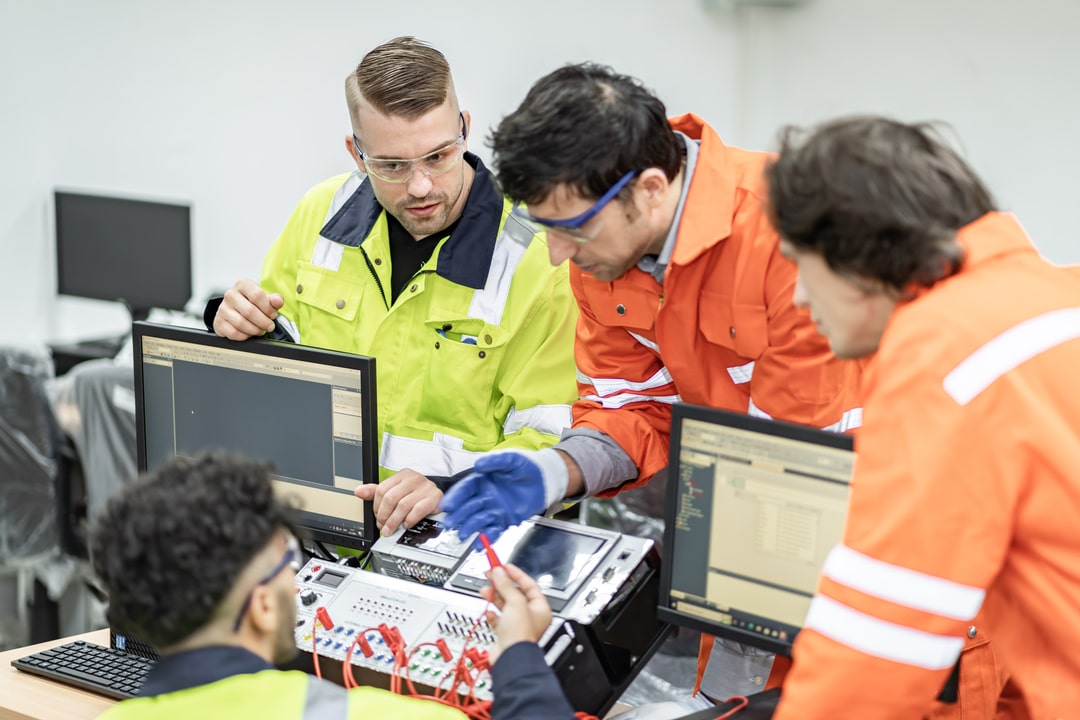
Team engineers practicing maintenance
The Siemens company itself does not advise carrying out new installations with the old Siemens S7-300. As already announced, the S7-1500 will be available for the next 20 years. That is why, if you have already made the decision to migrate from the S7-300 and S7-1500, take these tips into account on how to migrate to the S7-1500. Before beginning any migration, it is essential to perform a complete assessment of your existing infrastructure and review the official guidance and steps offered by the manufacturer. This document contains recommendations and notes for users, regarding the new generations that until now use S7-300 automation.
In the migration preparation phase, it is crucial to carry out a thorough identification of the hardware components and clearly define the functions of each of them. This involves verifying with the client the availability of updated backups, electrical diagrams and documentation related to the production line. Additionally, a detailed analysis of the field buses and protocols necessary to ensure a successful migration is performed. At this stage, the scope of the modernization is determined, considering whether it will be partial or total. To make this decision, the phases and systems to migrate are prioritized based on the degree of obsolescence. Generally, we start with the most critical elements, while generating spare parts to guarantee the continuity of the operation. The availability of the plant during the modernization process is also evaluated.
To carry out this preparation phase efficiently, you can take advantage of useful tools such as the TIA Selection Tool. These tools provide valuable information and resources that facilitate planning and decision-making in the modernization project, ensuring a smooth and successful transition. towards more updated and efficient systems.
Like any process, perform extensive testing across the entire system to ensure everything is working as intended. This includes functional, redundancy and security testing. Verify that all functions and alarms are configured correctly. Once all tests have been successful, proceed with commissioning the S7-1500 system. Monitor performance during the first few weeks to identify and resolve any potential problems.
If you want to migrate to the S7-1500 with the help of the best experts, you can get advice from Hexa Ingenieros. We have a highly trained team that will allow you to transition to the most advanced PLC model without major complications. We will also provide you with comprehensive advice on the S7-1500. Do not hesitate to contact us to receive additional information about the Siemens S7-300 and S7-1500 PLCs.
